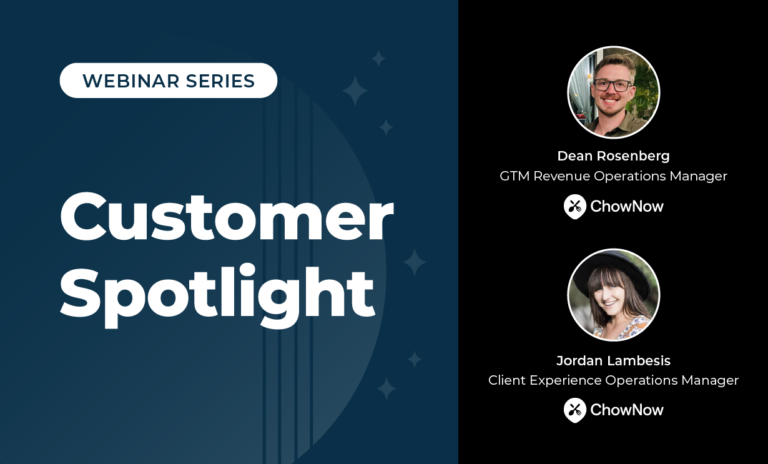In recent years, there has been a growing challenge for businesses to differentiate and filter amongst competition. This has given birth to the vital role of customer marketing. Within the last two or so years, CMOs have been evangelizing the importance of this role as a way to better understand and enhance the customer experience. This commitment to the customer process, requires a well-thought-out strategy that can be broken down into four stages of the customer lifecycle: onboarding, adoption, expansion, and renewal. Each stage comes with its own set of customer-facing and internal activities that need to align.
Here are some ways to master the art of customer marketing by making improvements to each stage.
Onboarding
Once a prospect or lead converts into a customer, that’s when customer marketing begins. It’s important to ensure a seamless transition from the top of the funnel, through the sales pipeline, and to the customer marketing handoff. Think of how your marketing team markets, and your sales team sells; if you’re taking a more prescriptive or consultative approach, you’ll want to continue this experience when customers start onboarding.
Develop a library that customers can access that gives them helpful information on strategy and tactics. The goal is to give them a toolkit that helps them start mastering your product from the beginning. Be sure to also include a regular cadence of industry webinars that are relevant to them so they have fresh resources and another type of content to leverage. Taking a multi-media approach gives customers plenty of opportunity to engage on their terms.
Adoption
When customers are successfully onboarded, it’s important to ensure adoption rates are high by building out programs that address specific needs at this stage. In a recent study, 74 percent of participants reported that most of their week is consumed by working on adoption challenges; yet, nearly half don’t even have a user adoption plan in place. This tells us that both customers and businesses are hitting a wall when it comes to adoption, resulting in a subpar customer experience that has an easy fix. It just takes a bit of planning and strategy.
One way to improve adoption is to create self-serve assessments. This not only helps customers gain a baseline of where they should be in the adoption process—helping to identify areas of improvement that could make for a better experience—but it gives businesses insight into where they may need to improve onboarding and training efforts.
Another way to improve would be to encourage customers with a certification program. Giving them a chance to become a recognized master of your product is a great motivator. This not only drives adoption, but helps to generate an army of advocates who will evangelize the product.
Expansion
Congrats! Now that your customers are masters and advocates of your product, it’s now time to increase your value to maintain engagement. The goal here is to get them to grow roots by helping them expand the depth and breadth of their knowledge.
Expand the depth of their industry knowledge with content that highlights challenges and proposes possible solutions. This gets them thinking creatively and helps them dive deeper into broader problems that peers might face. They are able to take this knowledge and engage with others, helping them carve a path towards becoming a subject matter expert.
Expand the breadth of their knowledge when it comes to your product by sharing different use cases. This allows them to continue to learn and grow within your product. The combination of industry knowledge and product expertise supports their individual growth to becoming authority figures within their space.
Renewal
When it comes down to renewal, customers will assess the overall value your business provides. This goes beyond product, and the company as a whole is considered. Are you providing a memorable, valuable experience for your customers? Create an online and offline network of value. Go above and beyond to make sure customers plant deep roots by connecting them with other customers. Build user groups that enable them to engage and learn from peers.
Customer marketing is a necessary component of developing an optimal customer experience. Having a dedicated team that focuses on this side of the business helps avoid hidden shortfalls that can hurt your bottom line.






